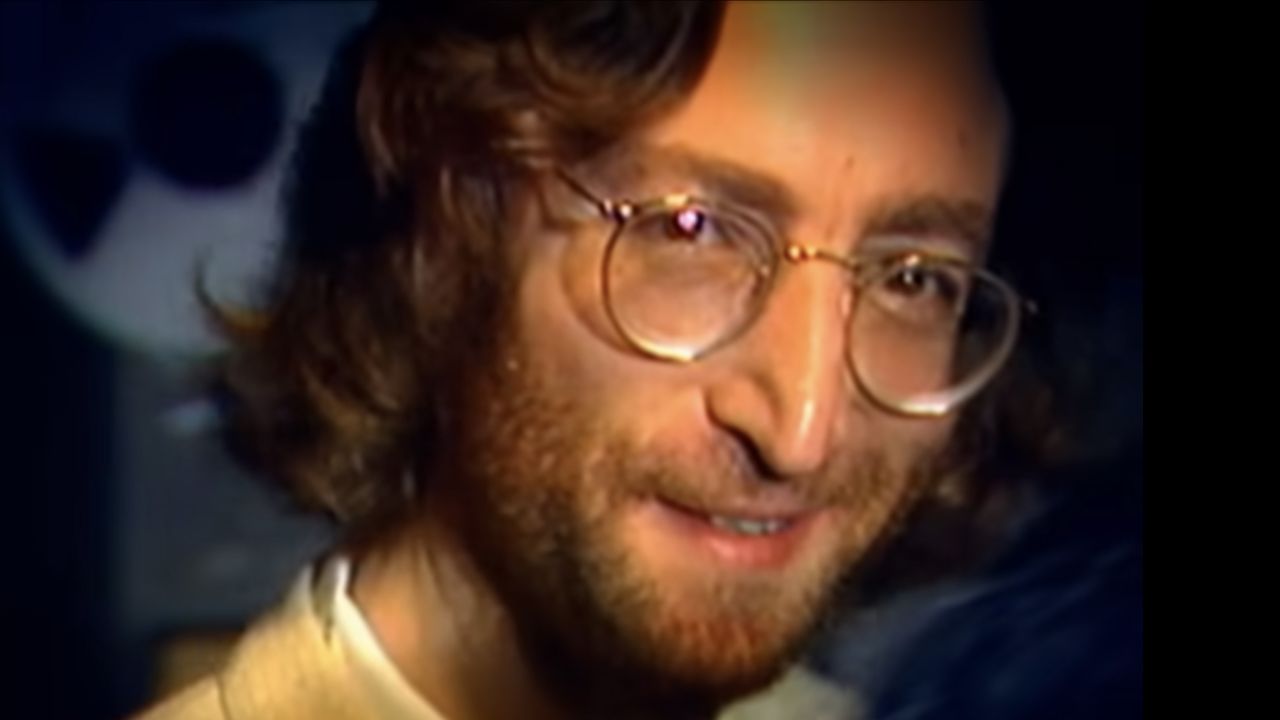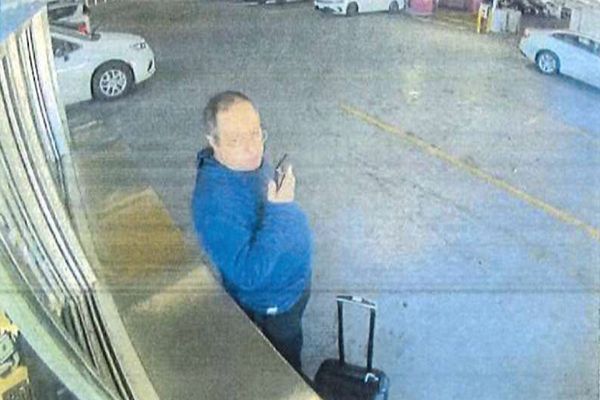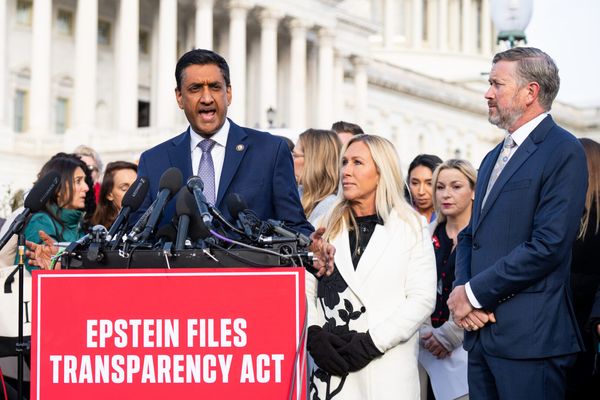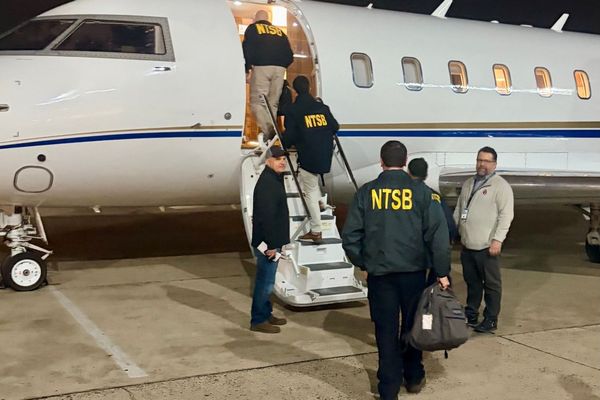
Looking back on the life and legacy of John Lennon – who was gunned down 45 years ago on 8 December 1980 – it’s easy to forget that the initial reaction to his final album Double Fantasy was largely negative.
Some of Lennon’s most ardent admirers, such as British DJ John Peel, denounced the album’s sentimentality and questioned its relevance.
At the time, Lennon had only recently reemerged into the spotlight after five years of relative domesticity, raising his infant son Sean with Yoko Ono in their Dakota building apartment on New York’s Upper West Side.
For Lennon, 1975 to 1980 was a period of reflection and self-discovery, a kind of domestic bliss, although as NME journalist Charles Shaar Murray noted in his review of Double Fantasy, “It sounds like a great life, but it makes for a lousy record.”
Within weeks of the album’s release, Lennon was gone and the songs on the Double Fantasy album were viewed in a whole new context.
The initial reviews still stood. But it was impossible to dissect the songs from the overwhelming sense of tragedy and loss.
45 years on, Double Fantasy has far more bite and edge than was first acknowledged, with Yoko Ono contributing some of its creative high points.
But there’s also an abiding directness and honesty to Lennon’s big, mellow radio-friendly hits from the album, such as Watching The Wheels, which opens side two.
On this song, Lennon addresses those who were confused by his ‘househusband’ years. The song gives an evocative glimpse into his state of mind at the time – a sense of reflection and calm after the turbulence and emotional trauma of his past.
Watching The Wheels began life as a demo, reportedly written by Lennon in late 1977 and given the working title of Emotional Wreck. He had the central piano riff and the opening lines but it then underwent numerous revisions.
By 1978, he had allegedly called it People, and while the chorus had yet to be written, the chord progression and the verses were in place.
One year later, he had changed the title to I’m Crazy and recorded on piano in his apartment.
By the beginning of 1980, it was retitled Watching The Wheels and demoed by Lennon with an electric guitar and a short-lived boogie rhythm.
Then in June 1980, he recorded a final demo, just before entering the studio to record Double Fantasy.
Lennon was asked about the meaning of the song in an interview with Rolling Stone on 5 December 1980, three days before his murder.
“The whole universe is a wheel, right? Wheels go round and round. They’re my own wheels, mainly. But, you know, watching myself is like watching everybody else. And I watch myself through my child, too.”
In the book All We Are Saying: The Last Major Interview with John Lennon and Yoko Ono, Lennon told writer David Sheff that the decision to go back into the studio was not an easy one for him.
“I hadn’t stopped from ’62 till ’73 – on demand, on schedule, continuously. And walking away was hard… I thought… shouldn’t I be, like, going to the office or something?’. Because I don’t exist if my name isn’t in the papers or if I don’t have a record out or in the charts, or whatever – if I’m not seen at the right clubs. It must be like the guys at 65 when somebody comes up and goes, ‘Your life is over. Time for golf’.”
In reality, Lennon never stopped writing and making music. He simply wasn’t going into the studio to record it.
All that changed in June 1980 after Lennon embarked on a sailing trip from Newport, Rhode Island to Bermuda. During the trip, the 43-ft sloop Megan Jaye encountered a severe storm. One by one, the crew of five were struck down with fatigue and seasickness, except Lennon.
Tethered to the craft by a safety harness, Lennon took over the helm at 3pm on a Saturday afternoon. “Focus on the horizon, not the compass,” the captain instructed him, before taking himself below.
For the next six hours, Lennon was smashed in the face by waves which knocked him completely off his feet at least twice.
“It’s an incredible experience, because it won’t go away,” Lennon is quoted as saying on the official John Lennon website. “You can’t change your mind. It’s like being on stage, once you’re on, there’s no getting off.
“Once I accepted the reality of the situation, something greater than me took over and all of a sudden I lost my fear. I actually began to enjoy the experience and I started to shout out old sea shanties in the face of the storm, screaming at the thundering sky. I had the time of my life.
“I was screaming sea shanties and shouting at the Gods. I felt like a Viking. Jason and the Golden Fleece.”
The experience renewed Lennon’s confidence and highlighted the fragility of life. He began to write new songs and reworked earlier demos.
“I was so centred after the experience at sea that I was tuned into the cosmos,” he said, “and all these songs came.”
Yoko Ono contacted producer Jack Douglas and gave him Lennon’s demos. Douglas had worked as an engineer on the 1971 album Imagine and other subsequent releases by Lennon and Ono.
“My immediate impressions were that I was going to have a hard time making it better than the demos because there was such intimacy in the demos," Douglas told Chris Hunt of Uncut magazine in 2005.
Despite such reservations, sessions for the album that became Double Fantasy began on 7 August 1980 at the Hit Factory, in the heart of New York’s Hell’s Kitchen. These sessions were kept top secret because Lennon reportedly wanted to be able to discretely abort the sessions if he felt they were not going well.
On 18 August 1980, Lennon and the session players arrived at the Hit Factory, to record Watching The Wheels.
Lennon had asked Jack Douglas to give the track a ‘circular’ sound. Douglas envisaged the sound of a hammer dulcimer and invited a street musician called Matthew Cunningham to the session after hearing him busking on a hammer dulcimer on a sidewalk on Columbus Avenue.
When Cunningham arrived at the studio, he was playing on a track that featured some of the finest session players in the industry, musicians such as Earl Slick and Hugh McCracken on guitars, Tony Levin on bass, Andy Newmark on drums, George Small on keyboards and multi-instrumentalist and singer Eric Troyer on a Prophet-5.
In Ken Sharp’s book Starting Over: The Making Of John Lennon And Yoko Ono’s Double Fantasy, George Small discussed his role on the recording of the song.
“That’s the most keyboard-oriented song on the record,” he said. “That’s me on piano and John played a Yamaha electric grand… On the ending part – where John sings, ‘I just had to let it go’ he really made a big point of making sure that I had played that romantic piano line on the tag exactly that way. He told me he was in a bar one night and was listening to a piano player and that riff just stuck in his head. So he had to have that riff on the end of it.”
Before recording the album, the band rehearsed for two weeks, although Earl Slick reportedly wasn’t invited to the rehearsals as Douglas wanted him to be the creatively spontaneous ‘wild card’ on the session. “You’re fast – you’ll catch up,” Douglas reportedly told Slick.
In an interview with Matt Hurwitz of Mix magazine, published in December 2024, Douglas recalls that Lennon’s singing “drove that band”. He noted that Lennon always sang live using a Neumann U67 microphone and would typically do three to four live takes with the band, leaving Douglas to then comp the takes if needed.
Douglas was hugely impressed by Lennon’s vocal technique. “He’d work off to the side of the 67 on certain words to get a different sound,” Douglas told Hurwitz in the Mix magazine interview. “He’d work the side a little bit, then come back out. He’d do rhythms. Best technique I ever saw.”
One of the most intriguing aspects of the Watching The Wheels session is busker Matt Cunningham’s experience of that day, as Douglas recalled in the 2024 interview with Matt Hurwitz of Mix magazine. Cunningham reportedly didn’t recognise Lennon or Yoko Ono when they arrived. “Is that the artist?” Cunningham reportedly asked. “Yes,” replied Douglas, “that’s the artist and his wife.”
Lennon was excited by the sound of the hammer dulcimer and came out into the main studio and started working with Cunningham, who reportedly still didn’t recognise him. Even when Ono then invited Cunningham to a sushi lunch with herself, Lennon and Douglas, Cunningham allegedly remained unaware that he was in the company of the former Beatle.
The following day, as Douglas told Matt Hurwitz in his Mix magazine interview, he received a phone call from Cunningham, who was paid a $100 fee for the session. “I just had a weird feeling,” began Cunningham, “did I just do a session with John Lennon?”
With Lennon determined to keep the sessions secret, Cunningham was asked to return to the studio where Lennon reportedly gave him two flight tickets and some travel money.
“He [Lennon] gave him two tickets to Puerto Rico,” Douglas told Hurwitz. “He said, ‘Do me a favour, go take a vacation.’”
Lennon recorded his vocals two days later, on 20 August 1980, and the song was mixed nine days after that.
As ever with Lennon, it’s the simplicity and honesty of the song that gives it such resonance.
Lyrically, it gets straight to the point, with Lennon delivering his reflective lines with rawness and intimacy.
His voice is double-tracked as it had been back in Abbey Road in the late ’60s: “People say I'm lazy/Dreaming my life away/Well they give me all kinds of advice/Designed to enlighten me/When I tell them that I'm doing fine watching shadows on the wall/Don't you miss the big time boy, you're no longer on the ball?”
Watching The Wheels was released posthumously in March 1981. Inevitably, Lennon’s sudden death after finally finding some peace and solace in his life lends the song real poignancy.
As Jim Beviglia put it in a piece for American Songwriter magazine in January 2024. “Watching The Wheels will go down as one of the loveliest songs in John Lennon’s catalogue. His mind clear and the restlessness of previous years largely cooled, he wrote a playful, tender ode to the joys of dropping out of the rat race to be with family.
“It’s a bitter irony that fate would take that all away from him and lend Watching The Wheels an entirely unintended context.”







